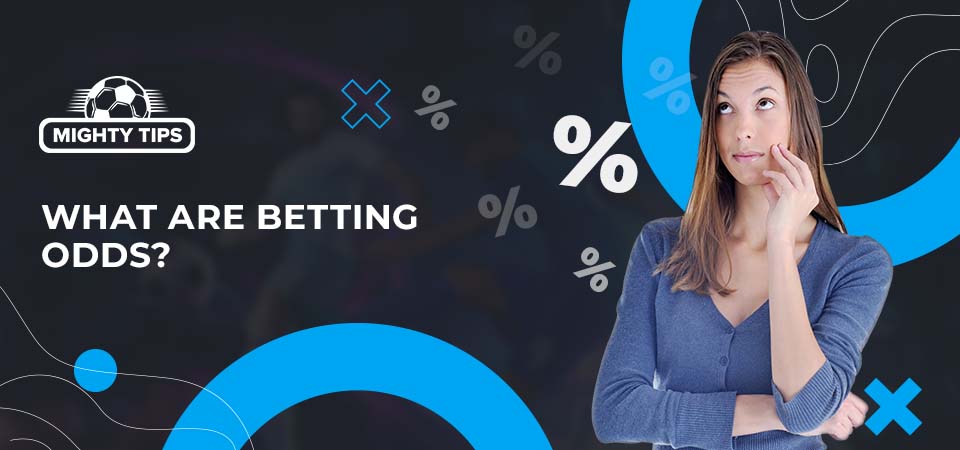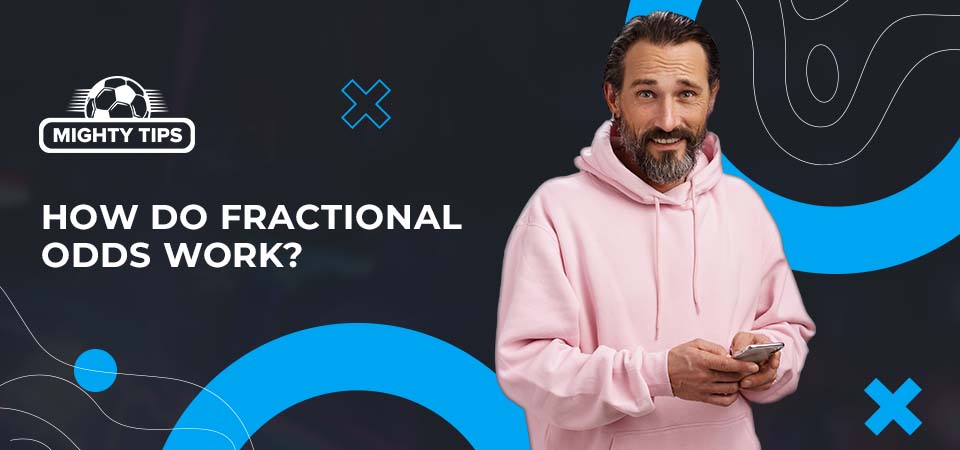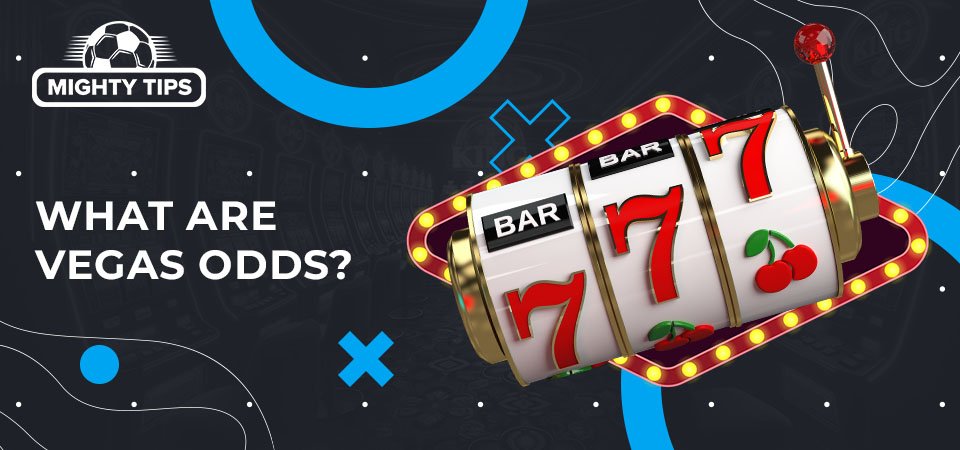
What does spread mean in betting
How do betting odds work? That's one of the first questions that new sports bettors ask. It's a very good question too. After all, the odds offer a plethora of helpful information. When you see the odds, you're not just looking at a number. You're looking at a price tag, a payout, and even a probability. Not only do the odds tell punters which team is the favorite and which is the underdog. It tells them how much of a favorite or underdog a selection is.
So, how do odds work in betting? Well, if you keep reading this How Do Betting Odds Work guide, you'll learn everything you need to know about odds. You'll find out about the secrets they hold, the forms they take, and why sports betting wouldn't exist without them.

In simple terms, odds determine how much you stand to win when you make a bet. They are a bit like price tags. Once you see that price tag, you know exactly what you stand to receive in return. For example, if the odds are 2.00, or even money, and you bet $10, then you stand to receive a payout of $20. $10 of that would be your original stake and the other $10 would be your profit. As another example, say you won a $10 bet on an event with 1.50 odds. This would yield a total payout of $15. $10 of that is the returned stake while the other $5 is your profit. The odds tell you how much the potential payouts are.
However, the odds are a lot more than that. For instance, you can determine which team has the best chance of winning just by looking at the odds. Moreover, you can get a good idea of just how superior or inferior one team is compared to the other.
One common misconception among new gamblers is that sports betting odds are the same as probabilities. This isn't true. While they are similar, they are two different beasts. Let's illustrate by saying you bet $1 on a coin toss with a friend. As you probably already know, a coin toss is a 50/50 proposition. The probability of Heads winning is 50%, and it's the same for Tails. So, you each put a dollar on the table and flip the coin. The winner will walk away with $2. That's because you used the true odds instead of bookmaker odds.
Now let's say we bet that same $1 on the Super Bowl coin toss with a bookie. Even though the probability of winning is still 50%, and it theoretically should be an even-money bet, the odds will likely be somewhere around 1.91. If you win, you will receive a payout of $1.91 instead of $2. Why? Well, that other 9 cents would go into the bookmaker's pocket as compensation for facilitating the wager. This is known as the vig or the juice, and it's how a sportsbook makes its money. Bookies make a commission on every wager they accept. This commission is built into the odds, so you can't easily see it.
Implied probability is a key concept in a variety of markets, including stocks, bonds, and currencies. It's also very integral to sports betting. In fact, betting odds and implied probability are intertwined. The best odds bookmakers calculate their odds by using implied probability and punters can calculate implied probability using the odds. To calculate the implied probability, you just need to use this simple formula:
(1 / Decimal Odds) * 100
Imagine a scenario in which you want to figure out the implied probabilities in an NBA match between the Dallas Mavericks and Los Angeles Clippers. The odds are:
Dallas Mavericks: 1.54
Los Angeles Clippers: 2.55
To find the implied probability of a Dallas win, we just do some basic math by plugging in the odds into the formula giving us:
(1 / 1.54) * 100
= (0.649) * 100
= 64.9%
Now let's do the calculation for Los Angeles's implied probability using the same formula:
(1 / 2.55) * 100
= (.392) * 100
= 39.2%
The implied probability of a Dallas victory is 64.9%, while the likelihood of a Los Angeles win is 39.2%. Let's take this one step further. You will notice that 64.9% plus 39.2% equals 104.1%, and not 100% like you might think it would. That extra 4.1% represents the bookmaker's profit. If you happened to bet on both teams, you would essentially be risking $104.10 to win $100. How do sports betting odds work? Well, they are a reflection of probability and the profit that bookmakers earn from accepting your bets. The bigger the discrepancy between the combined implied probabilities of both teams and 100%, the less value you are getting. Sports experts MightyTips are wizards at finding the best value.

How do betting odds work in football? They work like they do in any other sport. You see, in sports gambling, you will typically see the odds displayed in one of three formats. These formats are American odds, decimal odds, and fractional odds. While each looks completely different from the others, they all mean the same thing and have the exact same values. Here's what each format looks like on the betting menus at the best football bookies.
To keep things simple, the American odds of -125 means that you'd need to bet $125 to win $100. With decimal odds, you can simply multiply your stake amount with the decimal odds to calculate the payout. Using the above example, a $10 wager at 1.80 produces a potential payout of $180. With odds displayed as a fraction, you need to wager the denominator to win the numerator. In other words, betting the bottom part of the fraction stands to win the value of the top part of the fraction. In this case, a $5 bet stands to make a $4 profit.
How do you work out betting odds in terms of identifying favorites and underdogs? As mentioned earlier, the odds tell you which team is the favorite and which is the underdog. The -125 American odds listed above indicates a favorite. The "-" sign is the biggest clue. We will get deeper into American odds below. Because the decimal odds number is less than 2, this also indicates a favorite. Underdogs will have a decimal number greater than 2. It is similar to the 4/5 fractional odds in that a fraction that is less than 1/1 denotes a favorite. Again we will elaborate on all of these odds formats below.
How do horse betting odds work? They work the same as odds in any other gambling situation, although they are usually displayed in fractional form at the best new horse racing betting sites. Bookmaker odds are derived from implied probability. However, a betting company will integrate a commission into the odds. This means that the bookmaker's odds are not the same as the true odds, or the actual probabilities.
The odds tell you exactly how much money you can expect to win back from a certain stake. It doesn't matter if we are talking about moneyline odds, a point spread, or any other type of bet. The odds even apply to casino games and other games of chance. You can always do the calculations as illustrated above to figure out what the implied odds are as percentages. This helps you gauge the value.
You can also look at odds to see which team is favored or how probable an outcome is. If you want to wager on the Chiefs in an NFL game, and you see that they are priced at -300, then you can conclude that they are a significant favorite.

Fractional odds are called fractional odds because they are displayed as fractions. This odds format is popular in the UK and other parts of Europe. Fractional odds are also commonly associated with horse betting. If a team in the event you want to bet on has a fraction that's less than one, like 4/5, 10/11, or 2/7, then that is a favorite. If the fraction is something like 11/10, 7/2, or any other fraction that is greater than one, then it's an underdog. In all cases, betting the amount of the denominator offers a potential payout equal to the numerator. It works just like a ratio.
American odds are popular in the United States and Canada. They are always displayed as a positive number, or a negative number. For instance, you might see the following American odds for an NHL moneyline:
New York Rangers: -170
Wahington Capitals: +149
These odds tell us a few key things. First, a $170 wager on the Rangers offers a potential payout of $100, while a $100 bet on Washington stands to win $149. Second, the "-" symbol beside the New York Rangers odds signifies that they are the favorites. The "+" beside the Capitals' numbers denotes the underdog. On top of that, you can do a simple calculation to find out what the bookmaker's cut of the action is. Speaking of calculations, why not try the actual betting calculator to help you instantly figure out your potential winnings.
British fractional odds are the norm in the United Kingdom and other European nations. They are also usually used in horse racing. If you want to bet on a horse in, say, California, and the odds are 8/5, then you stand to win $8 for every $5 wagered. If the odds for a U.S. election candidate are listed at 10/11, then you stand to win $10 for every $11 you wager. Of course, you can always find enhanced odds through various bonuses and promo codes that you can get right here at MightyTips. You can also find key information about UK bookmakers.
Your bookmaker might offer European odds as a display option. European fractional odds are the same as British fractional odds. They are displayed beside events as fractions, and you can calculate potential winnings and identify favourites in the same manner.
Decimal odds are arguably the easiest to interpret. This is because you just have to multiply the decimal odds by your stake amount to figure out the potential payout. If the decimal odds are 1.20, then a $100 bet stands to earn a total return of $120. This includes the returned stake of $100 plus the $20 profit. 1.20 odds also tells us that the team is a heavy favorite. If the decimal odds are greater than 2, then you're dealing with an underdog.

How do betting odds work UK? Well, they work the same as they do anywhere else. They are just expressed differently, as described above. How do you work out betting odds? Well, we have covered that too. We now know that the odds give us a lot of valuable knowledge including potential payouts, which teams are favored, and how big of a favorite a team is. You can even figure out what the bookie's betting margin is. The only information you can't glean from the odds are the actual outcomes of the wagers.
Let's quickly recap what we have learned using moneyline examples. We'll start with the following Australia AFL match in decimal form.
Gold Coast Suns: 1.15
West Coast Eagles: 4.70
Now, that same match with American odds.
Gold Coast Suns: -666
West Coast Eagles: +370
And in fractional form.
Gold Coast Suns: 7/50
West Coast Eagles: 37/10
Even though these odds look very different, they all mean the same thing, and they all offer the same value. Not only can anyone easily see which team is the favourite, and which is the underdog, but you also see that the Suns are very heavy favorites while the Eagles are huge underdogs. If you back the Suns on a moneyline bet, you'll need to stake $666 to win $100. Eagles backers need to wager just $100 to earn a potential profit of $370. Of course, if you want to wager on boxing instead of Aussie rules, we can connect you with the best bookmakers for boxing.
The odds dictate how much a bettor stands to win. It's all about risk versus reward. The higher the odds, the less likely a favorable outcome is, but the more you can win. The lower the odds, the more likely the chances of winning, but that's offset by a lower potential payout. Because the odds determine how much you can win, it's important to always find the best odds. For instance, one online sportsbook has the Texas Rangers moneyline set at 1.95 while a competitor has them listed at 1.97. Betting $100 at 1.95 would potentially earn a $95 profit, while a $100 bet at 1.97 would net a $97 profit. While it doesn't look like a big difference, those discrepancies can quickly add up.

When you see a "+" sign beside a selection, it means that it is an underdog pick. Conversely, a "-" indicates a favorite. As an aside, plus and minus signs do the same thing when applied to betting spreads. This also applies to betting with Bitcoin. You can learn the basics of Bitcoin online sports betting right here at MightyTips.
Seeing a "-" symbol attached to the odds means that the selection is a favorite. So, if the Boston Bruins are priced at -200 on the moneyline, then they are favorites. If you are betting a spread, and you see a "-" next to the spread, this also means that the team is a favorite.

Vegas odds simply refer to betting odds that are established in Las Vegas by Las Vegas-based oddsmakers. These experts consider a variety of factors when they assign their odds.